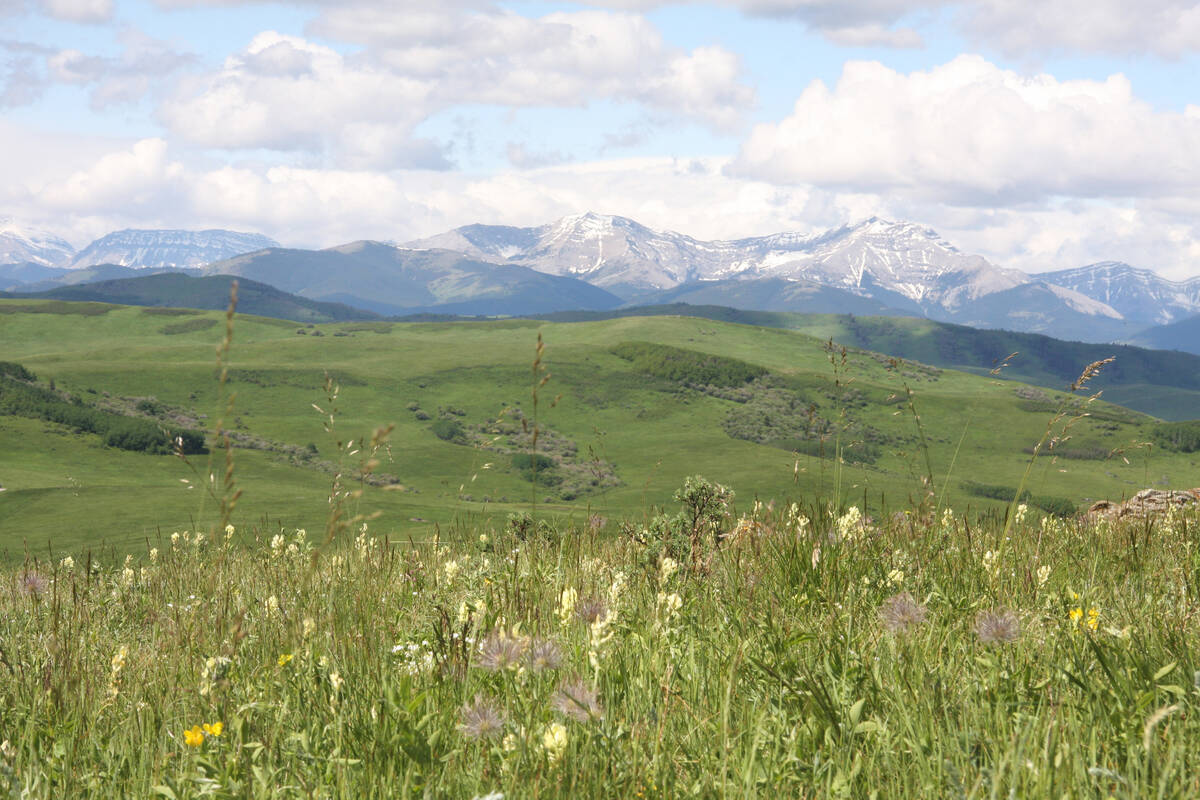Some prairie farmers will be hoping to harvest something other than grain this year.
They’ll be looking to harvest votes in five of the Canadian Wheat Board’s 10 electoral districts.
The CWB election officially got under way on Sept. 7, with the opening of the nomination period. Nominations will close Oct. 25.
Four of the five incumbents are running for re-election, while the fifth – Butch Harder in Manitoba’s district 10 – says he’ll decide by the end of September.
Two newcomers have declared their intention to run in Harder’s district: Bill Toews, who ran unsuccessfully in 1998, and former Keystone Agricultural Producers vice-president Chuck Fossay.
Read Also

Selenium not deal breaker in coal mining: expert
Environmental scientist weighs in on coal mining debates in Western Canada, explaining selenium and the technologies and practices to lower its concentrations in nearby waterways to coal mining operations
Paul Beingessner will be seeking election in district 8 in southern Saskatchewan, currently represented by Rod Flaman.
Former director Terry Hanson, who was defeated by Flaman four years ago, and who has said he is considering another run, could not be reached for comment.
CWB chair Ken Ritter may face a challenge in district 4 from Tom Jackson, who has run unsuccessfully on two previous occasions. Jackson said he hasn’t made a final decision but is leaning toward running because he doesn’t want Ritter to be unopposed.
As of last week, no challengers had come forward in Jim Chatenay’s district 2 or Ian McCreary’s district 6.
Both Toews and Fossay describe themselves as strong supporters of the board’s single desk system, the same view espoused by Harder. Both say they respect the job Harder has done, but will run regardless of his decision.
“Butch has been there a long time now and maybe it’s time for a change and a new face,” said Fossay.
Toews said while he and Harder agree on many things, their approach to the issues isn’t the same: “I want to look ahead in a positive way, as opposed to being on the defensive all the time.”
The race in district 6 could be the most interesting of all.
Flaman was elected four years ago as an open market supporter. Within a year he had become a strong advocate of the single desk, while at the same time working to promote a wide variety of pricing options within the board system.
Beingessner said Flaman has done a pretty good job, and he respects him for the courage he showed in changing his mind about single desk selling.
But he doesn’t agree with Flaman’s positions on everything, such as the board becoming a cash buyer of grain.
He said having several single desk supporters on the ballot could bring out more voters and increase the chances of a pro-board candidate winning.
Flaman, who had what he described as a friendly meeting with Beingessner and Hanson last week in Weyburn, Sask., said he doesn’t think the pro-board side necessarily gains by having several candidates on the preferential ballot.
“In some respects we’re clones of each other,” he said. “I think maybe it muddies the waters a bit and voters can get confused.”
Voter packages, including ballots and biographies of candidates, will be sent to eligible farmers Nov. 1.
Election co-ordinator Meyers Norris Penny plans to sponsor two all-candidates meetings in each district the week of Nov. 8. Ballots are to be sent in by Dec. 3, counted Dec. 11-12, and the results announced Dec. 13.














